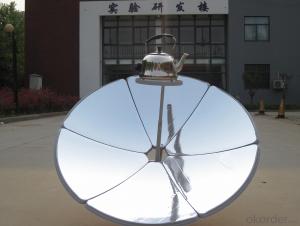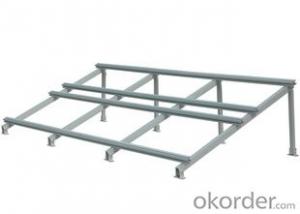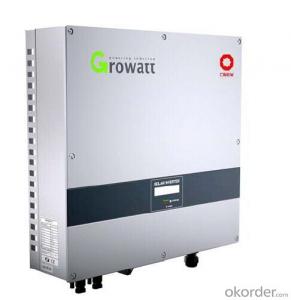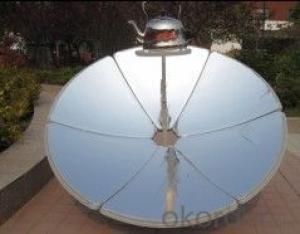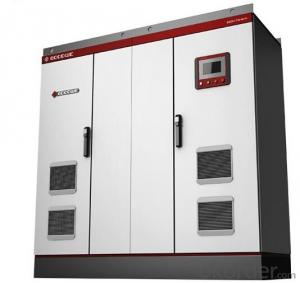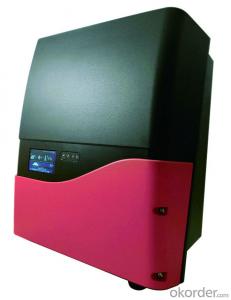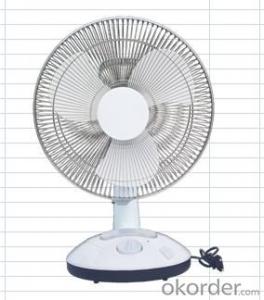Thunderbolt Solar Inverter
Thunderbolt Solar Inverter Related Searches
Titan Solar Inverter Solar Solar Inverter Tbb Solar Inverter Tesla Solar Inverter Inverter Solar Power Solar Inverter Tesla Solar Power Inverter Outback Solar Inverter Mastervolt Solar Inverter Solar Battery Inverter Battery Solar Inverter Igbt Solar Inverter Household Solar Inverter Sunpower Solar Inverter Tesla Inverter Solar Solar Smart Inverter Solar Energy Inverter Portable Solar Inverter T Solar Inverter Sun Solar Inverter Home Depot Solar Inverter Smart Solar Inverter Power Inverter Solar Powerland Solar Inverter Solar Converter Inverter Smart Inverter Solar Taiwan Solar Inverter Delta Solar Inverter Solar To Inverter Solar Home InverterThunderbolt Solar Inverter Supplier & Manufacturer from China
Thunderbolt Solar Inverter is a high-performance product designed for converting solar energy into usable electricity. This innovative technology is integrated into various solar power systems, making it an essential component for harnessing the power of the sun. The inverter plays a crucial role in optimizing energy output and ensuring efficient power conversion, making it a popular choice for both residential and commercial applications. With its ability to handle different solar panel configurations and its compatibility with multiple battery types, the Thunderbolt Solar Inverter is a versatile solution for a wide range of solar energy needs.The Thunderbolt Solar Inverter is widely used in various scenarios, from small-scale home installations to large-scale commercial solar farms. Its robust design and advanced features make it suitable for off-grid, on-grid, and hybrid systems, providing a reliable source of power in different environments. The inverter's ability to manage power fluctuations and protect against electrical surges ensures that the solar power system operates safely and efficiently, maximizing the return on investment for users.
Okorder.com is a leading wholesale supplier of the Thunderbolt Solar Inverter, offering a vast inventory to cater to the growing demand for solar energy solutions. As a reputable online platform, Okorder.com ensures that customers have access to high-quality products at competitive prices. With a commitment to customer satisfaction, Okorder.com provides comprehensive support and assistance, making it easier for businesses and individuals to incorporate solar energy into their power systems. By partnering with Okorder.com, customers can benefit from the expertise and resources needed to successfully implement and maintain their solar power projects.
Hot Products




